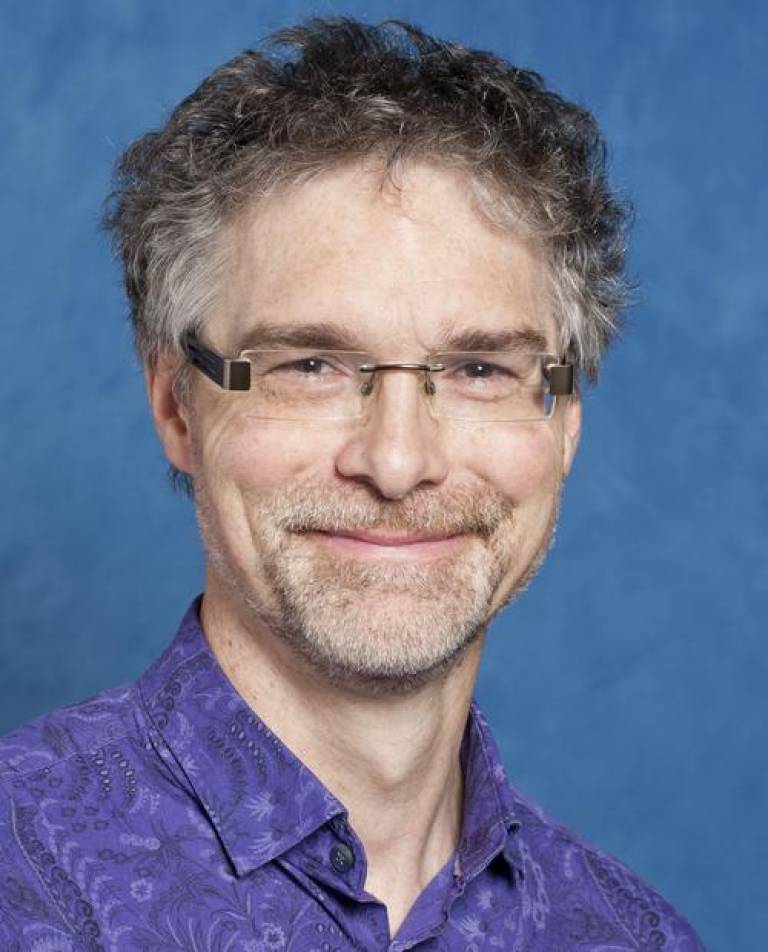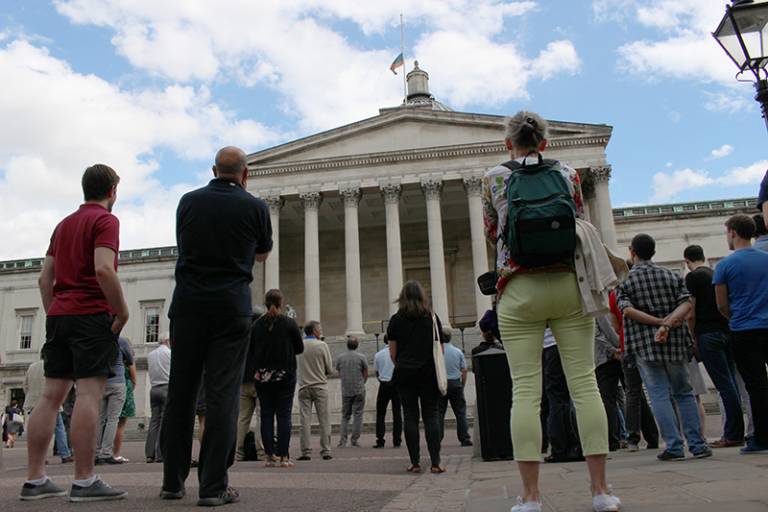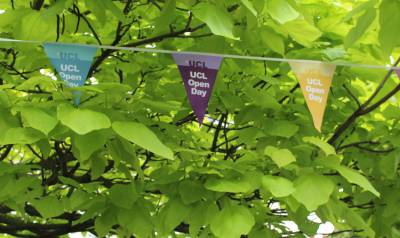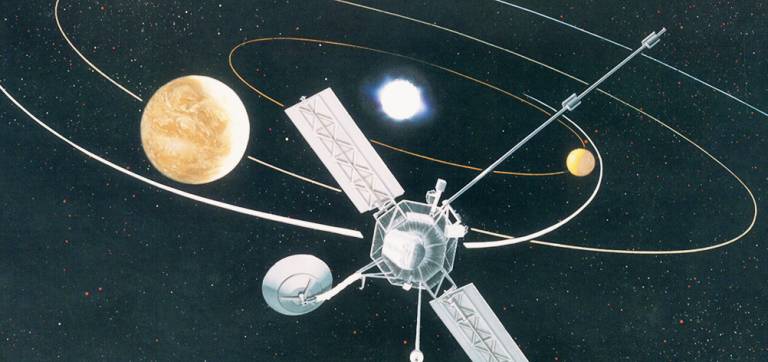In memoriam: Bruce Swinyard
22 July 2015

Today at 12pm, UCL lowered its flag in memory of Prof Bruce Swinyard (UCL Physics & Astronomy), who died after a long illness in May.
Bruce joined the Department of Physics & Astronomy's Astrophysics Group in the summer of 2010, as a joint appointment between UCL and STFC's Rutherford Appleton Laboratory, spending half his time at UCL and half at RAL's Space Science and Technology Department, where he was Leader of the Astronomy Group.
Bruce Swinyard played an outstanding role in the successful development of a series of state-of-the-art scientific instruments for important space missions. He was Calibration Scientist for the Long Wavelength Spectrometer for ESA's Infrared Space Observatory, which flew between 1995 and 1998. From 1999 he designed and oversaw the technical development of the SPIRE imager and spectrometer for ESA's Herschel Space Observatory, to its launch in 2009 and the completion of its ground-breaking mission in April 2013. He was deeply involved in the use of the SPIRE instrument in orbit and devised a number of innovative observing techniques that successfully stretched its capabilities. In particular he recognised before launch the potential power of using Hercshel's two multi-wavelength imaging instruments (SPIRE and PACS) as effectively a single `fourth instrument' when operated in `parallel mode'. This enabled a number of high impact observing programmes, including deep surveys for extragalactic sources and the HiGAL survey of the plane of the entire Milky Way.
From 2001 until 2005. Bruce acted as European Project Scientist for the James Webb Space Telescope's MIRI instrument. He then stepped down from that project in order to concentrate on his role as the European Principal Investigator for the Japanese-led SPICA infrared mission, in particular leading the design of the proposed European SAFARI instrument. Bruce then led the conceptual design and modelling of the integrated payloads for the proposed EChO, Ariel and Twinkle exoplanetary transit spectroscopy missions. He was one of the leaders of an initiative to involve industry in the design and implementation of innovative receiver technology in space, which led to the recent funding of the LOCUS supra-THz limb sounding instrument to measure atomic oxygen and other species in the Earth's upper atmosphere.
Bruce was first diagnosed with cancer nearly four years ago but continued to work normally and in his usual optimistic way, continuing to generate many new ideas for instruments and missions. Unfortunately Bruce's health began to decline rapidly earlier this year, and he passed away on 22 May.
Bruce was an inspiration to the many colleagues and
students that he worked with. He was an incredibly brave and talented person
and his death represents a major loss to the Astrophysics Group and to the
Department of Physics and Astronomy.
Our thoughts are with his wife Margaret and his two daughters.

 Close
Close




